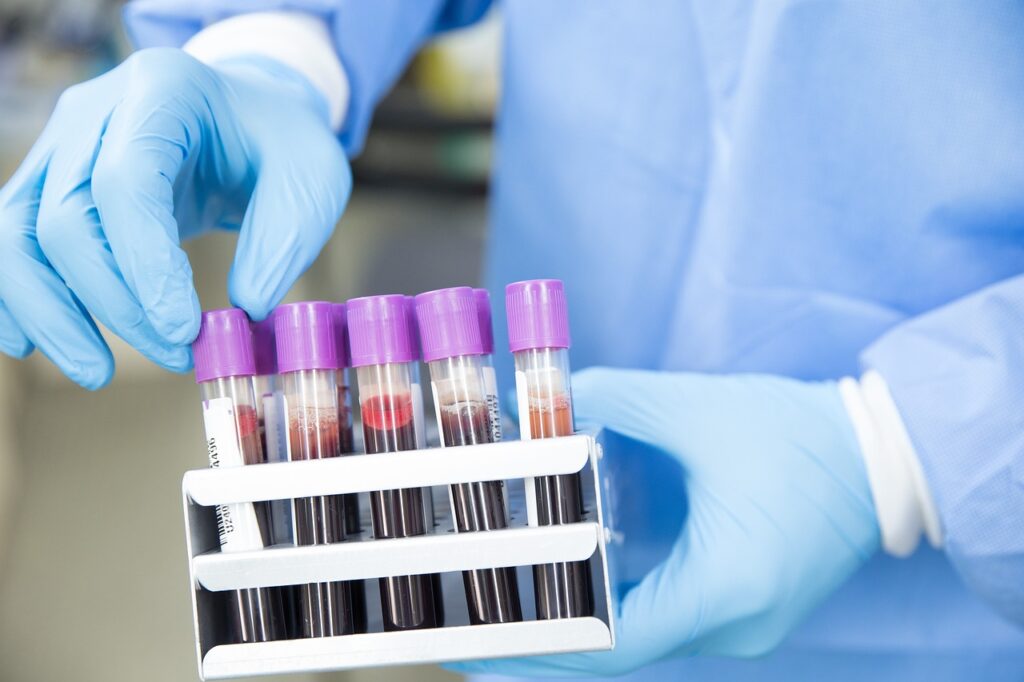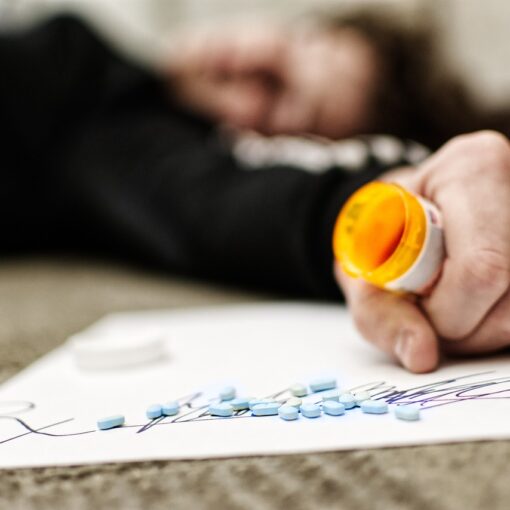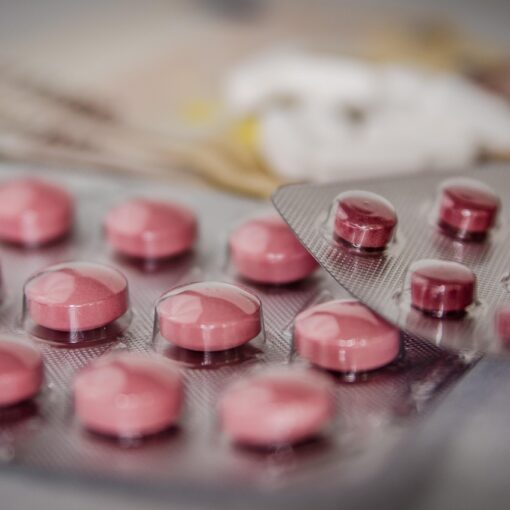The Levey-Jennings chart is a vital tool for maintaining quality assurance in medical laboratories. It allows laboratories to monitor the performance of analytical methods over time and detect shifts or trends in control values. Let’s explore its key aspects:
Purpose:
- The Levey-Jennings chart helps identify issues with testing processes by tracking control values.
- It ensures accurate and reliable test results by detecting deviations from expected performance.
Construction:
- Separate Charts: Each method under monitoring should have its own control chart.
- Control Materials: Use separate charts for normal and abnormal controls.
- Calculate Mean and Standard Deviation: Based on at least 20 measurements over 20 days, compute the mean (µ) and standard deviation (σ) of the control material.

Steps:
- Collect Data: Gather control measurements (e.g., cholesterol levels) using appropriate control materials.
- Set Control Limits: Define control limits (usually mean ± 2σ) on the chart.
- Plot Control Values: Daily measurements are plotted on the chart.
- Monitor for Out-of-Control Points: Apply predefined rules (e.g., 1 2s rule) to identify deviations.
- Investigate Out-of-Control Points: Address any issues promptly.
Example Application:
Consider a cholesterol method with two control products near decision levels (200 mg/dL and 240 mg/dL). Analyze these controls daily for 20 days, calculate mean and standard deviation, and implement control procedures based on these values.
References:
- Westgard JO, Barry PL, Hunt MR, et al. A multi-rule Shewhart chart for quality control in clinical chemistry. Clin Chem. 1981;27(3):493-501.
- Clinical and Laboratory Standards Institute (CLSI). EP21-A—Evaluation of Total Analytical Error for Quantitative Medical Laboratory Methods. 2nd ed. Wayne, PA: CLSI; 20




